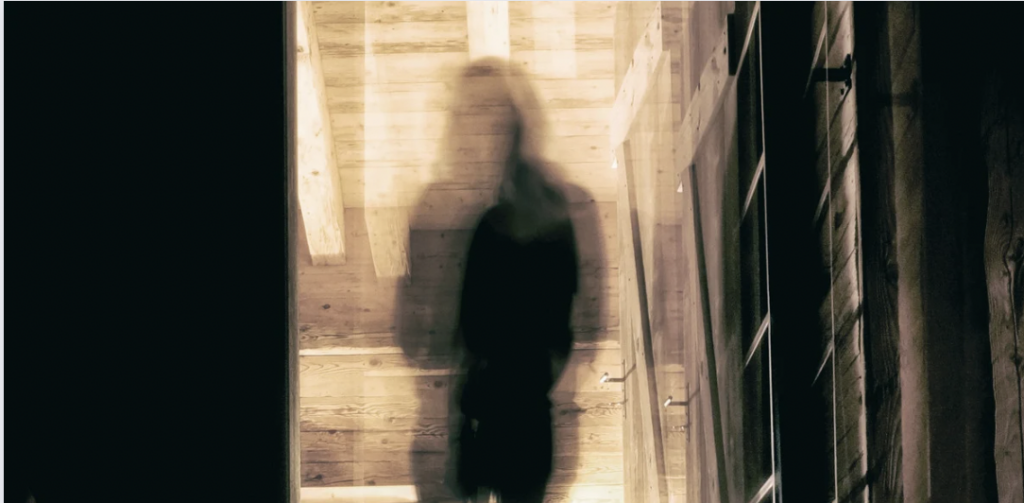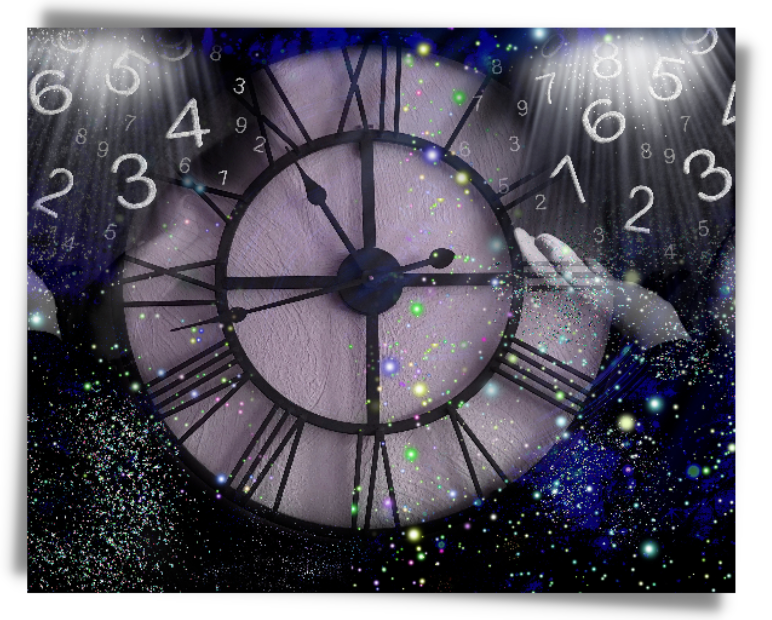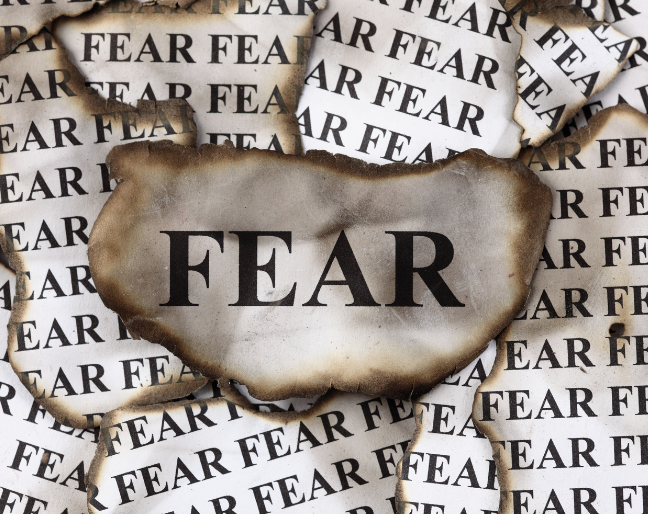Unlocking the Afterlife: The Science Behind Communicating with the Deceased

Have you ever wondered what happens after we die? Is there any possibility of communicating with our departed loved ones? While these questions have intrigued humanity for centuries, recent advancements in scientific research have shed new light on the possibility of unlocking the afterlife. In this article, we will explore the science behind communicating with the deceased, delving into the evidence, theories, and practices that have emerged in this fascinating field.
Understanding the Afterlife
Many belief systems and religions around the world propose the existence of an afterlife, where the deceased continue to exist in some form or are reincarnated. However, scientific exploration of the afterlife poses a more challenging task. Scientists have adopted a more abstract approach, studying the phenomena associated with the afterlife, such as near-death experiences and communication with the deceased. By examining these experiences, researchers aim to gain insights into the potential existence of an afterlife and the nature of communication beyond death.The Power of Near-Death Experiences
Near-death experiences (NDEs) are often considered as glimpses into the afterlife. These experiences occur when a person is on the brink of death or in a clinically dead state before being revived. Many individuals who have undergone NDEs report a range of phenomena, including out-of-body experiences, a sensation of floating, meeting deceased loved ones, and encountering a bright light.While skeptics argue that these experiences can be attributed to physiological or psychological factors, scientific studies have provided compelling evidence supporting the existence of NDEs. Researchers have found that the brain undergoes specific physiological changes during near-death situations, causing heightened states of consciousness. Additionally, countless individuals worldwide have shared similar accounts of NDEs, regardless of cultural or religious backgrounds, further supporting the validity of these experiences.
Evidential Mediumship
Mediumship, the practice of communicating with the deceased, has been a topic of interest and controversy for many years. However, in recent times, a new form of mediumship called evidential mediumship has gained recognition. Evidential mediums aim to provide specific and verifiable evidence of communication with the deceased, offering details known only to the individual seeking the connection.Through evidential mediumship, mediums act as intermediaries between the living and the deceased, relaying messages, emotions, and even physical descriptions. While the scientific community remains divided on the subject, there have been numerous documented cases where mediums have accurately conveyed personal details, providing comfort and closure to those grieving the loss of a loved one.
The Role of Instrumental Transcommunication
Instrumental Transcommunication (ITC) is a field of research that explores the use of electronic devices to establish communication with the deceased. Common forms of ITC include EVP (Electronic Voice Phenomenon) and spirit boxes. EVP involves capturing disembodied voices or sounds on audio recordings, while spirit boxes use radio frequencies to pick up messages or words from the other side.Although skeptics argue that the voices captured through EVP are mere audio pareidolia or interference, many researchers and enthusiasts have managed to record clear and unmistakable responses, often in direct answer to questions. These instances of instrumental transcommunication offer intriguing possibilities for establishing communication with the deceased using modern technology.
FAQs:
Q: Is it really possible to communicate with the deceased?
A: While the scientific community remains divided on this subject, many individuals, researchers, and mediums claim to have had successful experiences of communication with the deceased.
Q: Are near-death experiences just hallucinations?
A: While skeptics argue that NDEs can be attributed to physiological or psychological factors, scientific studies have revealed consistent patterns in the experiences reported, supporting the idea that they might be glimpses into the afterlife.
Q: Is evidential mediumship legitimate?
A: Evidential mediumship has gained recognition for its ability to provide specific and verifiable evidence of communication with the deceased. While the scientific community remains divided, many documented cases showcase accurate transmissions from the other side.
Q: Is ITC a reliable method of communication with the deceased?
A: Instrumental Transcommunication offers intriguing possibilities for establishing communication with the deceased. While skeptics provide alternative explanations for the phenomena observed, numerous enthusiasts have reported successful encounters and recorded clear responses through EVP and spirit boxes.
Q: How can I personally explore communication with the deceased?
A: If interested in exploring communication with the deceased, consider researching reputable mediums, participating in respected paranormal investigations, or experimenting with EVP techniques to determine what resonates with you personally.
In conclusion, while the existence of an afterlife and the ability to communicate with the deceased continues to be a subject of debate, scientific advancements and personal experiences have brought us closer to unlocking this mystery. Near-death experiences, evidential mediumship, and instrumental transcommunication provide intriguing insights into the possibility of connecting with the departed. Whether through personal exploration or scientific inquiry, exploring the afterlife and attempting to communicate with the deceased remains a captivating pursuit that continues to shape our understanding of life beyond death






Responses